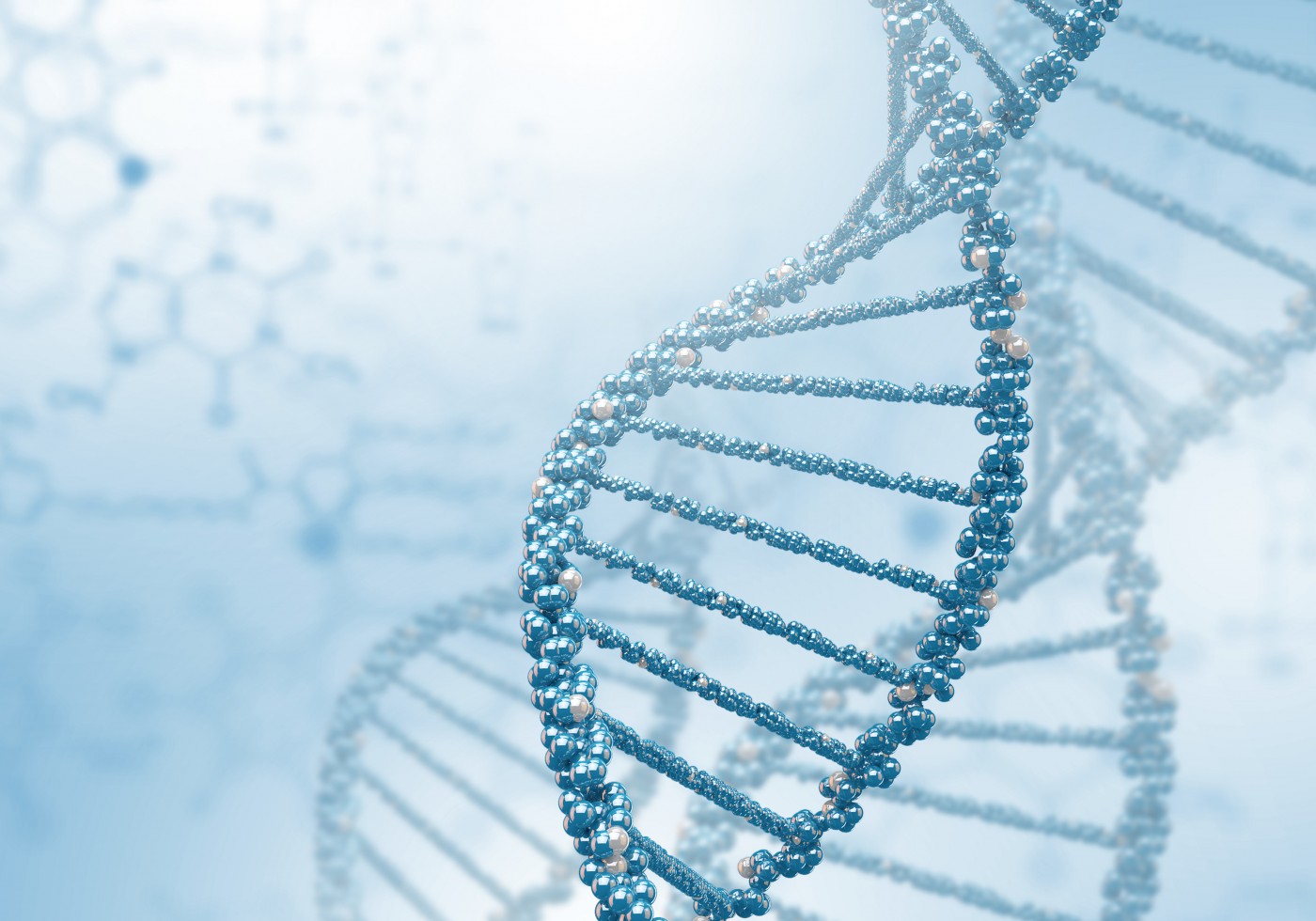Diverse Mitochondria Defects Traced to Single DNA Mutation

Researchers recently suggested that patients with the same mutation in their nuclear DNA exhibit multiple clinical phenotypes due to alterations in the mitochondrial DNA. The study, titled “A Clinical, Neuropathological and Genetic Study of Homozygous A467T POLG-Related Mitochondrial Disease,” was published in PLOS One journal.
Mutations in a single gene — the nuclear gene POLG that encodes the catalytic subunit of DNA polymerase gamma — are associated with mitochondrial disease. Interestingly, however, the most common POLG mutation (A467T) is the cause of mitochondrial disease but with heterogeneous phenotypes. How this single mutation gives rise to such a clinical diversity is currently unknown.
A team of researchers at the UCL Institute of Child Health, University College London, here analyzed four unrelated patients of European descent with homozygous A467T mutations, and determined the clinical, neuropathological, and mitochondrial genetic features of each. Mutations are permanent alterations in the DNA sequence.
One patient, carrying depletion in mitochondrial DNA, had a severe form of Alpers-Huttenlocher syndrome, one of the most severe conditions of a group of diseases called the POLG-related disorders, characterized by recurrent seizures, loss of mental and movement abilities, and liver disease.
The other three patients had a range of neurological disorders: one presented mitochondrial encephalomyopathy, lactic acidosis and stroke-like episodes (MELAS, a condition affecting several body parts but particularly the brain, nervous system and muscles, and whose symptoms appear most often during childhood); another had myoclonic epilepsy, myopathy and sensory ataxia (MEMSA, another POLG-related disorder characterized by recurrent seizures combined with uncontrollable muscle jerks) spectrum; and the last patient presented sensory ataxic neuropathy, dysarthria, and ophthalmoplegia (SANDO, a POLG-related disorder characterized by a coordination and balance problems, known as ataxia, and disturbances in nerve function, neuropathy). All the patients had multiple deletions in the mitochondrial DNA.
The results showed that, indeed, one single mutation in the nuclear gene POLG can lead to a wide range of clinical and pathological phenotypes. Moreover, the research team suggested that it is the changes in the ‘phenotype’ of mitochondria that underlies this diversity, and most likely not the underlying nuclear POLG mutation itself, since this was the same in all four cases analyzed.






